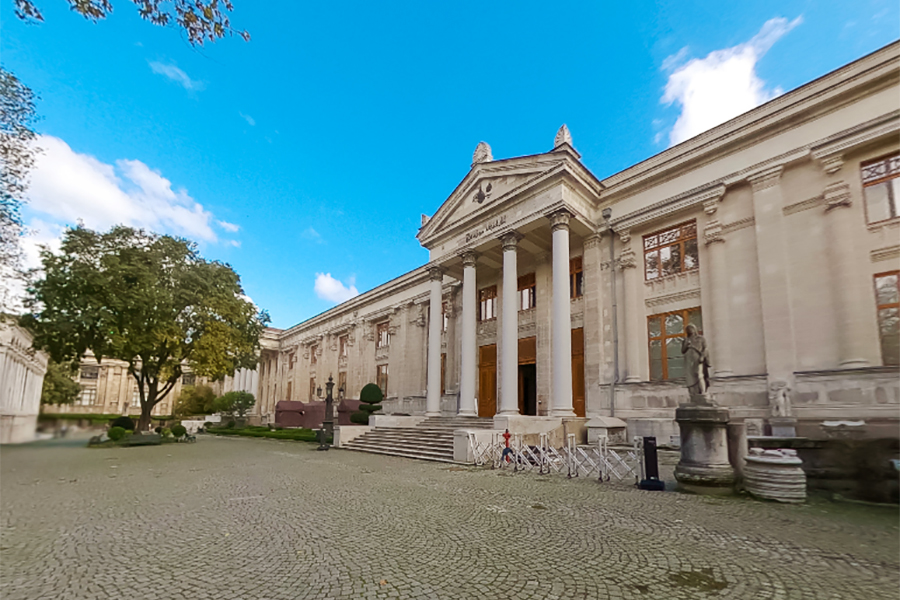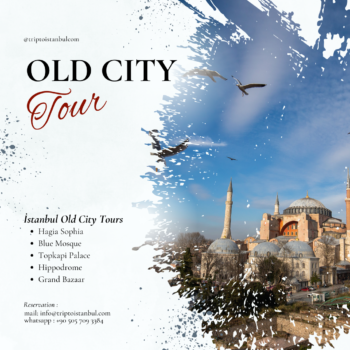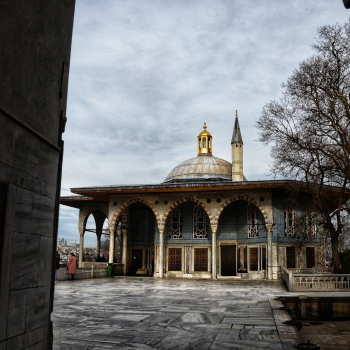The Istanbul Archaeological Museums serve as an illustration of the pioneering museum research in our nation. The Ottoman Empire has a collection of historical relics that stretches back to the time of Sultan Mehmet the Conqueror. Nonetheless, the construction of the Istanbul Archaeological Museum in 1869 under the name “Museum-i Hümayun” marked the start of the systematic institutionalization of museology.
The foundation of the present-day Istanbul Archaeological Museums is the Museum-i Hümayun, which was made up of archaeological objects gathered in the Hagia Irene Church up until that point. A new location was found after the Hagia Irene Church proved insufficient. Owing to financial limitations, the “Tiled Pavilion” is transformed into a museum rather than erecting a new structure.
Turkish museology advances significantly in 1881 with the appointment of Osman Hamdi Bey, the Grand Vizier Edhem Pasha’s son, as museum director.
One of the uncommon buildings constructed as museum buildings in the world is the Istanbul Archaeological Museums building. The Archaeology Museum, which was founded in 1891 and is one of Istanbul’s most exquisite and stunning specimens of Neo-Classical architecture, has a spectacular exterior that makes for incredibly impressive architecture. Its two entrances look like a temple with four columns and pediments, and they are reached by huge staircases on the long facade. Asar-ı Atika Museum is written in kufic style in an Ottoman inscription on the pediment (Museum of Antiquities).The Ottoman Sultan Abdülhamid II commissioned the construction of the classical structure, and his tughra is located above this inscription.
Istanbul Archaeological Museum Open Every day
Opening Time: 09:00 – Closing Time 20:00
Tours and activities that may interest you ;




